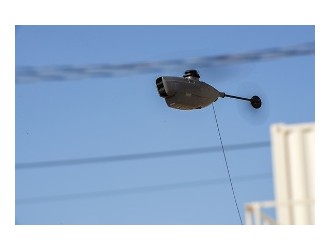The pilot/owner reported that, while on final approach to the airport in New Orleans, the Piper PA28-161’s engine experienced a total loss of power.
He was unable to restart the engine, and the airplane was unable to glide to the runway, so he subsequently ditched the airplane into a lake. The pilot evacuated the airplane and swam to shore; the airplane sank into the lake but was subsequently recovered.
A post-accident examination of the engine’s crankshaft gear, retaining bolt, and lockplate revealed that the retaining bolt had fractured. The fracture surfaces and the fine ratchet marks in the initiation area were consistent with fatigue crack propagation.
Defined fretting wear scars were noted partially around the circumference of the bolt through-hole.
The lockplate exhibited areas of fretting wear and polishing wear scars. The lockplate’s retention tab was in the “open” position and did not exhibit typical mechanical deformation associated with bending to the “closed” position, which indicates that the lockplate was not installed properly.
The engine manufacturer had issued a service bulletin (SB) that outlined additional maintenance actions that should be taken if an engine experienced a propeller strike.
Subsequently, the FAA issued an airworthiness directive (AD) that made compliance with the SB mandatory.
During the course of the investigation, the pilot reported that the engine had experienced a propeller strike days before the accident. He stated that he was unaware of the AD, so it was not accomplished after the propeller strike.
It is likely that the crankshaft gear retaining bolt tension was loosened when the propeller strike occurred and that the improperly installed lockplate allowed the bolt to lose its clamping force. The loose bolt became fatigued and subsequently failed during the accident flight.
The NTSB determined the probable cause as the in-flight fatigue failure of the crankshaft gear retaining bolt, which resulted in a total loss of engine power. Contributing to the accident were the pilot/owner’s failure to maintain the airplane in accordance with an airworthiness directive following a propeller strike and the improper installation of the lockplate.
NTSB Identification: CEN14LA449
This August 2014 accident report is provided by the National Transportation Safety Board. Published as an educational tool, it is intended to help pilots learn from the misfortunes of others.





